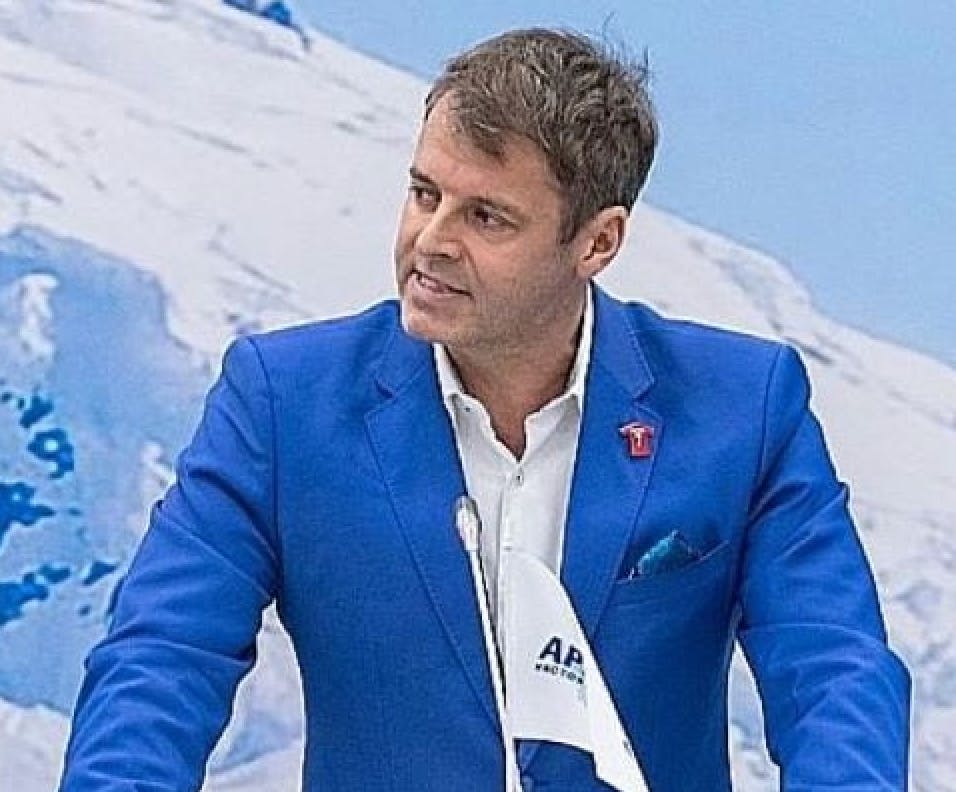Melting ice sheets. Dying coral reefs. The Amazon turning into savannah. These are known as tipping points, when an ecosystem is pushed to the brink by rising global temperatures, and a domino effect of climate disaster ensues.
Once tipping points are reached, it is much harder to prevent climate events spiraling out of control — even if global warming is kept at bay by keeping a lid on emissions.
Tipping points have long worried climate scientists, but recent studies have shown that some of these irreversible changes could happen sooner than expected. Some have started already. Rising temperatures are causing the melting of Arctic permafrost, which releases methane as it melts. Methane is a powerful greenhouse gas that causes further heating.
The Intergovernmental Panel on Climate Change’s most recent report warned that the planet has passed some crucial tipping points, and this will make adapting to climate change harder. The report warned: “Life on Earth can recover from a drastic climate shift by evolving into new species and creating new ecosystems. Humans cannot.”
“
Singapore cannot survive 5 metres of sea-level rise. It will drown like a modern-day Atlantis.
Professor Benjamin Horton, director, Earth Observatory of Singapore

Professor Benjamin Horton, Earth Observatory of Singapore. Image: NTU
Joining the Eco-Business podcast to talk about tipping points is Professor Benjamin Horton, director of the Earth Observatory of Singapore, and a professor at the Asian School of the Environment and Nanyang Technological University (NTU).
The Briton recently travelled to the Arctic to study the effects of global warming on the North Pole’s ice sheets, and to understand how the melting ice could impact sea-level rise in Singapore.
“Last summer it was warmer in Svalbard [in the North Pole] than in Singapore. That shows you how crazy the climate is,” he says.
“If we go beyond two degrees [above pre-industrial levels], we will start to invoke processes that can cause catastrophic sea level rise.”
“If all of Greenland was to melt, sea-levels could rise by seven metres. If all of Antarctica melted, they could rise by 60 metres,” he warns.
“We know we have to adapt. But we have a choice about how fast it’s [sea-level rise] going to get,” says Horton.
Tune in as we talk about:
- What are the scariest tipping points?
- What happens when Arctic ice disappears?
- Climate impacts on Indigenous people
- How much will sea-level rise vary by?
- Nature-based solutions and tipping points
- The need for a price on carbon
















